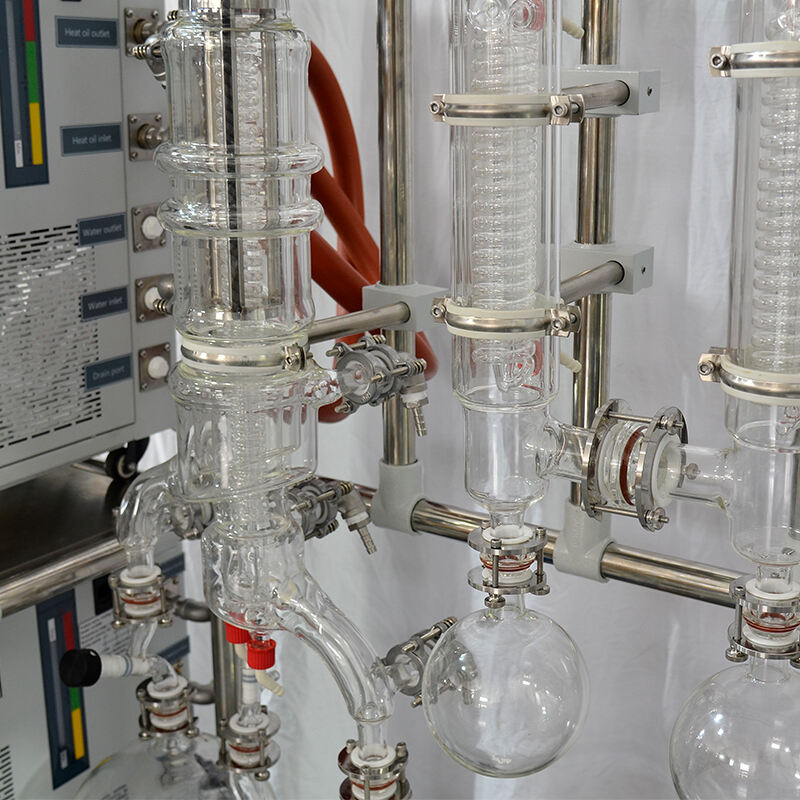
Calibrated Equipment
Certain lab equipment requires regular calibration to ensure it functions as accurately as possible. Any equipment that is calibrated frequently should be regularly assessed to maintain its accuracy. Examples of calibrated equipment include thermometers, barometers, pressure gauges, scales, balances, micrometers, and more. Typically, any sort of digital or analog measuring instruments require regular calibration to produce the most accurate readings.
Glassware
No matter what type of laboratory you operate, you are likely using some form of glassware. This includes beakers, flasks, test tubes, microscope slides, pipettes, and thermometers, among others. Glassware is among the most fragile tools in the lab, making it more susceptible to damage. Regularly assessing your glassware can help you detect cracks, chips, and other early signs of damage. Dispose of any damaged glassware immediately to avoid potential injuries.
Safety EquipmentYou wear safety equipment every time you enter the lab, but how often do you assess its condition? Safety equipment can only prevent injuries and maintain a controlled environment if it is functioning properly. Regularly inspect your PPE (personal protective equipment) to ensure it is free from damage. Make sure your lab goggles are clear and free of cracks. Check for holes or tears in safety gloves and other garments. Additionally, keep your first-aid kit and other safety materials well-stocked and up-to-date.
 Hot News
Hot News2025-08-06
2025-07-30
2025-07-18
2025-07-07
2025-06-06
2025-05-15